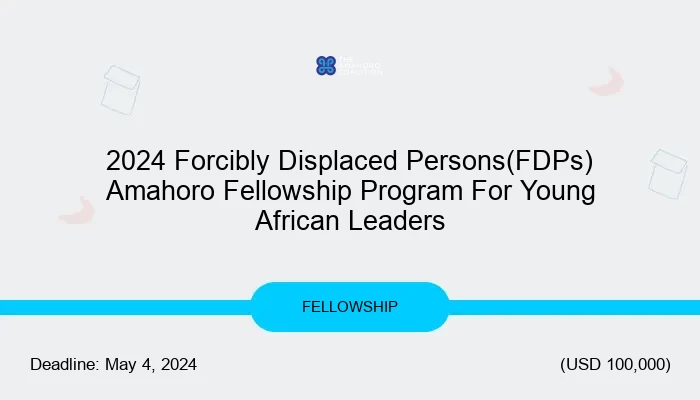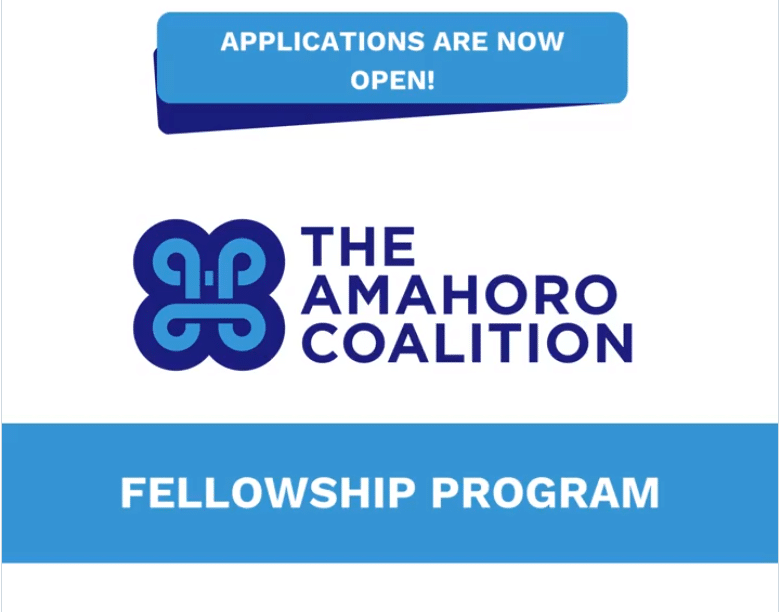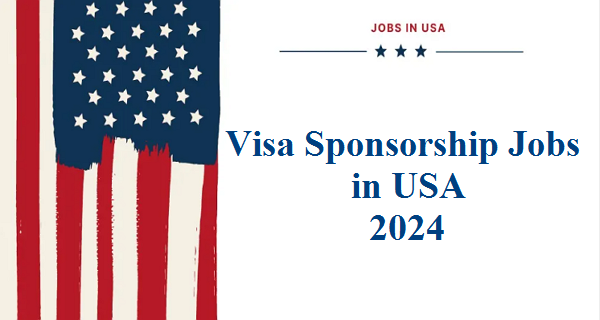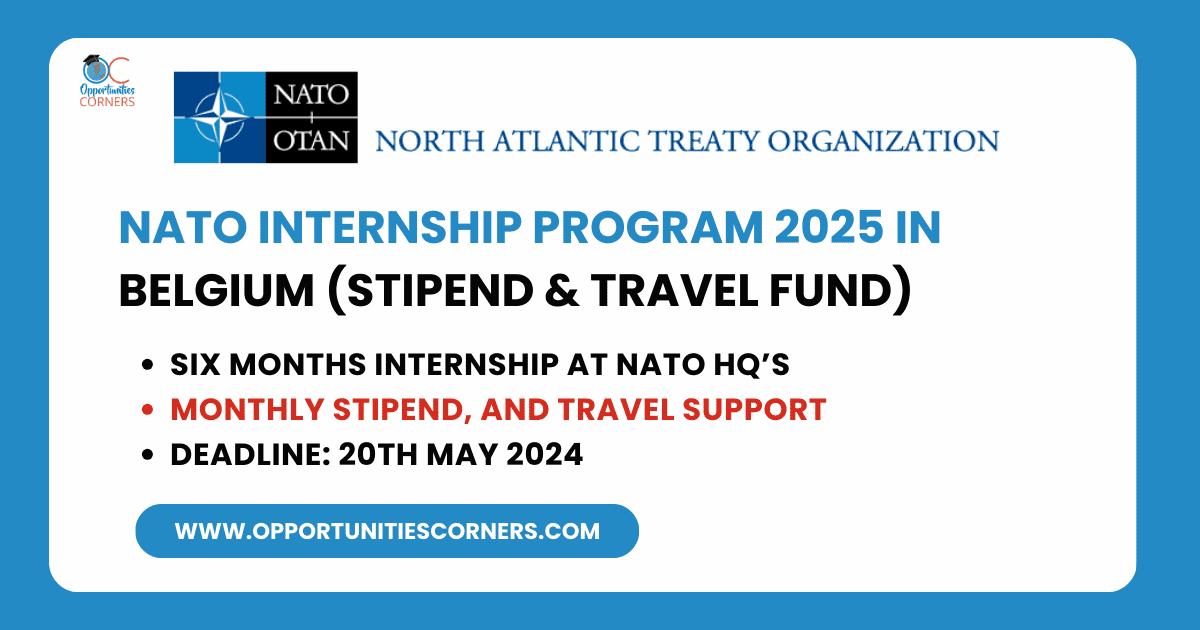Upcoming Intakes in Canada for 2022-2023
If you have decided to study in Canada, the applications need to be filed within the prescribed time… The post Upcoming Intakes in Canada for 2022-2023 appeared first on Leverage Edu.


If you have decided to study in Canada, the applications need to be filed within the prescribed time which are operated under strict deadlines. To pursue a bachelor or Masters in Canada, there are certain admission intakes distributed in short stipulated periods of the academic year and open for a period anywhere between two to four months. Since the different intakes in Canada correspond to separate academic sessions, candidates need to be aware of all the components of the application process which they need to submit in order to be considered for admission. This article explains more about the intakes in Canada as well as what else you need to consider when applying.
Register here for a FREE Career Counselling Session!
Popular Intakes in Canada
Universities, to encourage applications from a diverse variety of students, conduct admissions in specific cycles otherwise known as intakes. There are three major intakes, namely, Fall, Winter and Summer intakes with the Fall attracting the highest number of applications. Majorly in the USA, Europe, and Australia, most of the programs are open for admission in the fall intake. The table mentioned below will tell you more about these 3 intakes in Canada:
| Intakes in Canada | Durations | About the Intake |
| Fall Intake (Primary Intake) | September–December/early January | Among Indian students, this is a popular intake. The Fall semester begins in September and provides a large number of courses and degrees to foreign students. |
| Winter Intake (Secondary Intake) | January–May | The winter intake starts in January and is best for those students who did not enrol in September. |
| Spring/Summer Intake | May-August | Summer admission is generally available for a restricted number of programmes and colleges and begins in April or May. |
Course Availability for Different Intakes in Canada
All the major programs such as MS in Canada, MBA Courses in Canada, etc are open for admission in the fall intake. Further, the January intake is a supplementary admissions window helping universities to either fill remaining seats or to conduct admissions for certain specialized courses. A few programs may be open for application in both the windows though the number of seats may vary. Conversely, due to the relatively lesser number of applications received, applicants may get the benefit of somewhat lesser competition though offers strictly depend on the quality of your application. Then, the summer intake is left for short-term courses, for instance, exchange and summer programs. Before coming to the intakes in Canada, take a look at the following table which enlists the intake for different phases, courses as well as their deadlines.
| Intakes in Canada | Course |
| Fall Intake | All Programmes (Undergraduate and postgraduate in a University) |
| Winter Intake | Selective Programmes |
| Spring/Summer Intake | Short Term Programmes like Diploma programs in colleges |
Note: Universities may practice flexible deadlines within these intakes. Students are advised to research specific university dates & deadlines before applying!
September Intake in Canada
As the major intake for applying for a university in Canada, the September intake is also referred to as the fall intake and attracts a large number of applications from international students. Beginning in September, its deadlines span across the months of December to March varying as per the university and course. To apply for the September intake in Canada, make sure that you have geared up all the documents at least 3-4 months before the application window opens. These documents include language proficiency test scores as well as admission essays like Statement of Purpose (SOP), Letters of Recommendation (LORs), amongst others. Students mainly get their acceptance letters by April or the following months that after which you can steer towards the student visa application.
- The University of Toronto
- University of British Columbia
- McGill University
- University of Calgary
- University of Ottawa
- Carleton University
- Humber College
- University of Windsor
- Sheridan College
- McMaster University
- Niagara College
- University of Alberta
- University of Waterloo
- Queen’s University
- Ryerson University
- Simon Fraser University
- University of Manitoba
Steps to Study in September Intake in Canada
Here is an application timetable to give you an idea of what to do and when to complete it if you wish to study in Canada:
Step 1: Shortlist the Universities (February 2022)
- Begin early, and by August, you should have a list of 8-12 colleges to which you will apply. Visit university websites and take note of application criteria, deadlines, and so on.
- By September, you should be aware of bank loan choices and scholarship opportunities to help fund your studies.
- Begin by obtaining admissions brochures from university websites.
- Take help from our Leverage Edu experts for shortlisting best-fit universities, courses, application procedures, and everything else! Call us on 1800572000!
Step 2: Crack the Exams (January 2022 to March 2022)
- Prepare for standardised examinations such as the GMAT, GRE, SAT, TOEFL, or IELTS, depending on the subject and university.
- Enrol in the GMAT/GRE by June-July, or three months before the exam date.
- Register for the TOEFL/IELTS at least one month before the test date.
- Take the needed tests in September, and leave enough time in case you need to repeat the test.
- Enrol in our Leverage Live classes and get exam ready with top-notch experts and mentors!
Step 3: Submit Your Applications (February 2022 to March 2022)
- Shortlist the universities and be ready to apply. Consider what distinguishes you as a candidate, and sketch out your strengths and self-evaluation.
- For the needed 2-3 reference letters, contact your professors and direct managers at least a month before the deadline for your application.
- Begin writing your SOP and essays.
- Allow a month to properly structure these documents.
- Apply before the deadline!
Step 4: Wait for Your Acceptance/Offer Letter (April 2022 to May 2022)
- Post submitting your application to various universities, it’s now time to sit and just wait for universities to evaluate your application and revert based on that.
- The universities meanwhile will schedule online interviews and group discussions. Attend personal/video interviews. These are scheduled to take place between January and March.
- When you receive acceptance letters, make your selection as soon as possible.
- Inform the universities of your decision by the deadline.
- To confirm your admission, you must submit a non-refundable deposit.
Step 5: Student Visa and Finances (May 2022 to July 2022)
- Compile your student visa paperwork. You must verify and apply online for the September intake in Canada for a Canada student visa.
- Look and apply for international scholarships in Canada.
- After receiving your offer letter, apply for a student loan (if one is necessary).
Step 6: Get Ready to Fly (July 2022 to August 2022)
- After completing the aforementioned steps, it’s finally time to book your airline tickets and fly to Canada and start your study abroad journey!
January Intake in Canada
Out of the three intakes in Canada, the January intake is the lesser-known out of the two. In particular, the January intake consists of many specialized programs as well as a few courses in which seats have not been completely filled. Students must remember that the criteria of eligibility and the procedure of application remain the same in all intakes in Canada. A few of the universities you should consider while applying in the January intake are:
- The University of Toronto
- Carleton University
- University of British Columbia
- McGill University
- University of Ottawa
- Carleton University
- Queen’s University
- Cape Breton University
- Douglas College
- Mount Saint Vincent University
- Fanshawe College
- Centennial College
- Lambton College
- University of Manitoba
Steps to Study in January Intake in Canada
If you wish to study in Canada and are intending to enrol in January intake 2022, here is the study in Canada timetable for the same:
Step 1: Don’t Waste Any More Time!
- In Canada, most colleges have a first-come-first-served admission policy for January intake, so you should begin your application process as soon as feasible.
- Keep in mind the dates for universities in Canada for the January 2022 admission and begin as soon as possible.
- Prior to that, make a list of the colleges and universities in which you are interested. Conduct thorough research on the list of colleges in Canada for January 2022 intake, and then examine what courses in Canada for January 2022 intake best suit your academic and career objectives.
- Each institute will have its own deadlines for the January intake for Canada in 2022, which should be taken into account when making plans.
Step 2: Crack the Exams (July 2022 to August 2022)
- Prepare for tests such as the GMAT, GRE, SAT, TOEFL, and IELTS two months in advance.
- Give the relevant test in accordance with your university’s criteria. necessary tests
- Before enrolling on the institutes, you need to have completed your IELTS/TOEFL exam, depending on the programme and university requirements, by August 2022.
- Keep in mind that the results of the exam will be revealed in around two weeks, and a buffer month should be preserved in case you need to repeat the test due to an unexpected or undesirable outcome.
Step 3: Submit Your Applications (August 2022 to September 2022)
- Look for winter 2022 admission colleges in Canada and shortlist those before the individual institutes’ deadlines.
- Finalize your application. The application should show you as a distinct individual while emphasising your skills.
- For reference letters, contact your managers and instructors. Start working on your SOP. All of these paperwork steps should begin at least a month before the application’s deadline date.
- Most January entry colleges in Canada 2022 will have a September deadline. Some may go as late as mid-November, but you should always check the universities’ deadlines for January 2022 on their websites.
- Remember to apply before the deadline.
Step 4: Acceptance Letters and Interviews (September 2022 to October 2022)
- Colleges will contact you through email once you have applied for the courses. Respond to them as soon as possible. If necessary, appear for personal or video interviews.
- Make a timely choice if you get admitted to a college/university. Respond to them as soon as you have made your decision. Some of them operate on a first-come, first-served basis. Do not wait until the January admissions deadlines in Canada to respond.
- When you confirm your acceptance to a college/university, you will be required to submit a non-refundable confirmation deposit.
Step 5: Apply for Student Visa / Education Loan (October 2022 to November 2022)
- Apply for a student loan as soon as you receive your admission letter. Some processes take time, and a candidate should always keep this in mind while preparing their schedule.
- Keep track of all the documentation you’ll need for your student visa. Apply for a student visa to Canada as soon as possible. The visa application process will also take some time.
- Apply for an external scholarship, if eligible, as soon as you receive your acceptance letter from the college/university.
Step 6: Get Ready to Fly (November 2022 to December 2022)
- You’re almost ready to take off! Purchase plane tickets. Most sessions for the courses will begin in early January, therefore it is best to arrive in Canada by December and seek housing on or off-campus.
- Gather all essential paperwork and photocopies before travelling.
- Before you go, ensure sure you have an international credit or debit card and that you have checked every box on your pre-departure checklist. Prepare to begin your studies in Canada in 2022.
May Intake in Canada
The summer intake begins in the month of April/May and is the least popular intake amongst international students. Most universities offer short-term courses, diploma courses and limited full-time courses during this intake as the number of applicants is less. Summer intake is a special intake that allows international students to catch up with their peers during the summer break. This intake is ideal for all international students whose admissions were deferred either due to delayed results or personal reasons. Here are some colleges and universities in Canada for May 2022:
- Algonquin College
- Seneca College
- Centennial College
- University of Fraser Valley
- Vancouver Community College
- Northern College
- University of Waterloo
- Ryerson University
For students who have applied under the January intakes in Canada, result notifications are generally released within one and a half to three months.
Pros and Cons of Different Intakes
| Intake | Popularity | Pros | Cons |
| Fall Intake | Highly Popular | Good weather Enough time to familiarize yourself with the environment A head start of 4-5 months for applications Apply for major courses Great funding and scholarship opportunities |
Intense Competition A lot of applicants apply during this time |
| Winter Intake | Popular | Gives you time to prepare for the study permit and visa More time to prepare for the university application |
Harsh Canadian winters Less international applicants Limited courses available |
| Summer Intake | Least Popular | Least intense competition Better chances of getting the offer |
Only Short-terms courses are available Not a mandatory semester Offered by very few universities Students prefer taking a spring break |
Deadlines for All the Intakes
When applying for any intake, it is important to check the deadlines for each university and the course. While every school has a different deadline, these deadlines are defined at least a year prior to the date so you have enough time to prepare.
Here are the general guidelines and deadlines for all the intakes:
| Intake | Deadline |
| Fall Intake | Between December and March |
| Winter Intake | Between September and November |
| Summer Intake | February |
Deadlines for Diploma Candidates for Different Intakes in Canada
There are different deadlines for diploma candidates for different intakes in Canada. These deadlines vary from universities and colleges. They are listed below:
| Intake | University Deadline | College Deadline |
| Fall Intake | Between December and March of the previous year | Between February and April of the same year |
| Winter Intake | Between September and November of the previous year | Between August and September of the previous year |
| Summer Intake | February of the same year | Between January and February of the same year |
Deadlines for Each Course
Deadlines also depend a lot on the type, of course, you are studying. Here are some of the top courses and their intakes.
| Course | Intakes |
| UG | Fall Intake Winter Intake |
| PG | Fall Intake Winter Intake |
| MBA | Round 1 in Fall Intake Round 2 in Winter Intake Round 3 in Summer Intake |
MBA Intakes in Canada
MBA is an extremely popular programme in Canada. Thousands of international students apply to study business management and its various specialisations in the country. Many universities offer September and January intake for this programme. The former is the preferred intake for both international students as well as the top universities like the University of Toronto, McGill, British Columbia, York University and Queen’s University.
Click here to know more about the January intake in Canada for MBA!
Which Intake in Canada to Choose?
A huge majority of applicants oscillate between the September & January intakes in Canada and to choose which one is best for them. While the process of admission itself is not so long, the whole exercise of applying for a university is a tedious process starting from the universities you wish to apply to, researching courses, their eligibility criteria, giving exams to the right when you arrive at the university campus. Even then, you will be required to submit original hard copies of your uploaded documents. So, many universities advise students to start this process as early as possible. However, it also depends on the suitability of the candidate as well as which window is right according to their chosen course and university. If you are sure enough, apply soon and you will hopefully receive your admit notification earlier to pursue higher studies in Canada.
Documents Required
The admission procedure particularly comprises SAT/GRE/GMAT/IELTS/TOEFL scores, Statement of Purpose (SOP), Letters of Recommendation (LORs) and may also include an optional funding essay and research proposal. Along with these aforementioned essentials, the documents you will majorly require are-
- Transcripts of 10th and 12th and degree courses
- CV/ Resume
- Photocopy of Passport
- Extra-curricular certificates
- 2 passport size photographs
Scholarships for Winter Intake 2022 [Open Now]
- Lester B. Pearson International Scholarship Program at University of Toronto
- Donald A. Wehrung International Student Award
- Karen McKellin International Leader of Tomorrow Award at University of British Columbia
- University of Calgary International Entrance Scholarship
- Vanier Canada Graduate Scholarships (Vanier CGS)
- Waterloo International Master’s Award of Excellence
- International Undergraduate Student Bursary at University of Manitoba
- Humber International Entrance Scholarships
- UBC Graduate Global Leadership Fellowships for Developing Country Students
- University of Manitoba Graduate Fellowships
FAQs
September is the month for fall intake. Classes begin in September month and students get their confirmation letters in the month of April and May so that they can start the visa application process, book flights and get all the essential documents for travel.
The ideal time to start your application for January intake is June- July. Most universities release the application process around this period and candidates can start working on SOPs, LORs, CV or work profiles if required by the university/course. Most universities ask for English test scores and students should start booking their slots around this time too.
Many universities in Canada offer winter intake. The pandemic has created exceptions where even the top universities who offered limited courses in the winter intake are opening up for international student admissions. Here are some universities for winter intake-
Ivey Business School, University of Western Ontario
Schulich School of Business, York University
John Molson School of Business, Concordia University
Smith School of Business, Queen’s University
Fanshawe College.
Mount Saint Vincent University.
Lambton College.
Cape Breton University.
Douglas College.
Carleton University.
Centennial College.
Royal Roads University.
Yes, students can go for January intake in Canada, however, it is important to check whether universities are offering your desired course or not. It is also important to know which intake is ideal for you by comparing your course options, duration and frequency of classes as well as internship opportunities.
January intake in Canada is not as popular as the September Intake. The number of courses offered in this intake is less than the latter. The biggest benefit of applying for the winter intake is less competition; universities offer select courses for students to choose from and thus, this makes January ideal for students who have specific goals and ambitions.
Yes, 6 band in IELTS is ideal for international students who wish to study in Canada. Most universities require students to submit 6 or 5.5 IELTS score in the country.
The January 2022 intake in Canada is open for international students NOW! Apply today with our Leverage Edu expert and we’ll help you sort out the complex application procedure to help you make your dream a reality! Call us on 1800572000 and start your study abroad journey with us!
The post Upcoming Intakes in Canada for 2022-2023 appeared first on Leverage Edu.


![West African Examinations Council (WAEC) GCE First (1st) Series Registration Form For Private Candidates 2023/2024 WASSCE Is Out Offline/Online [Check Out Instructions And Guidelines On How To Register]](https://micplustech.com/wp-content/uploads/2019/12/17264943_1445210792185245_7643945034402954664_n.jpg)





